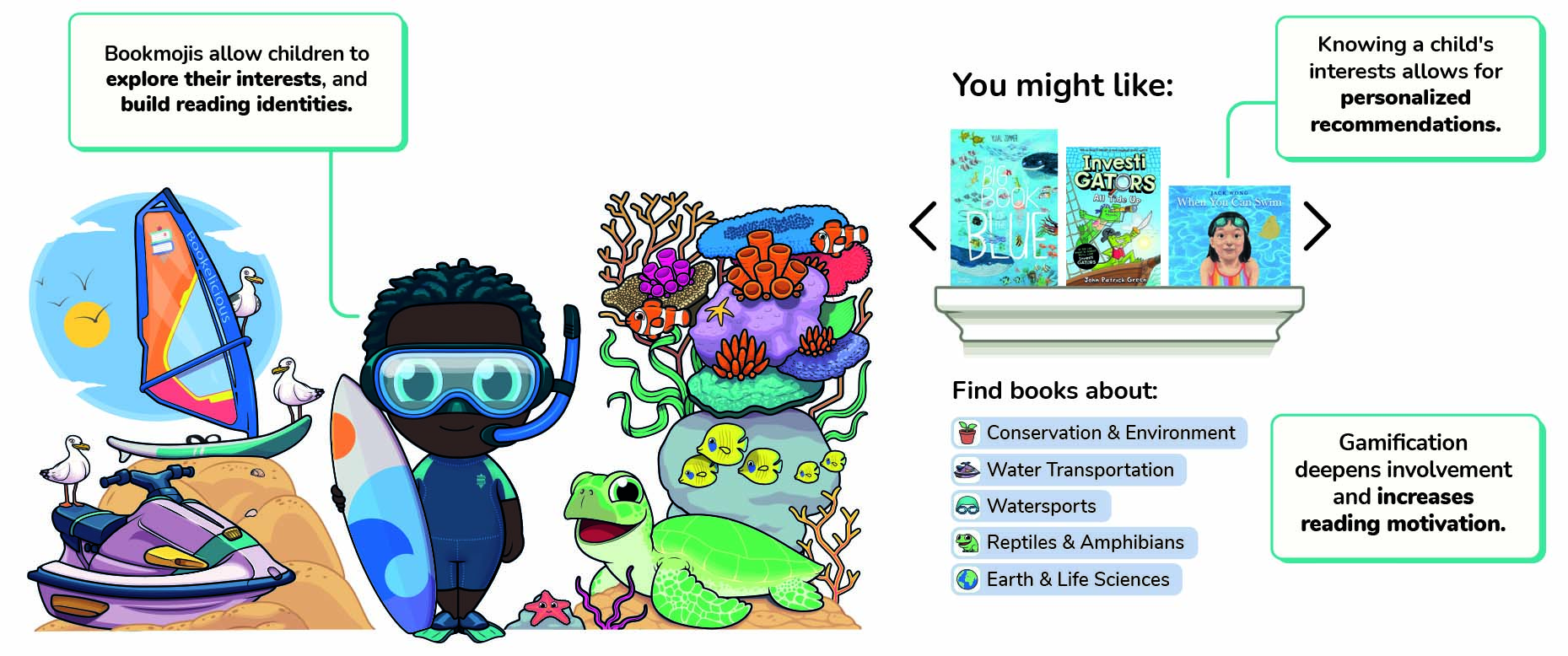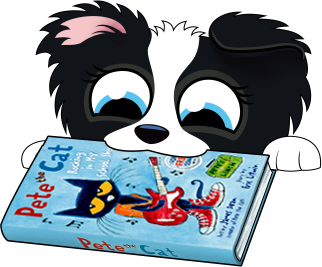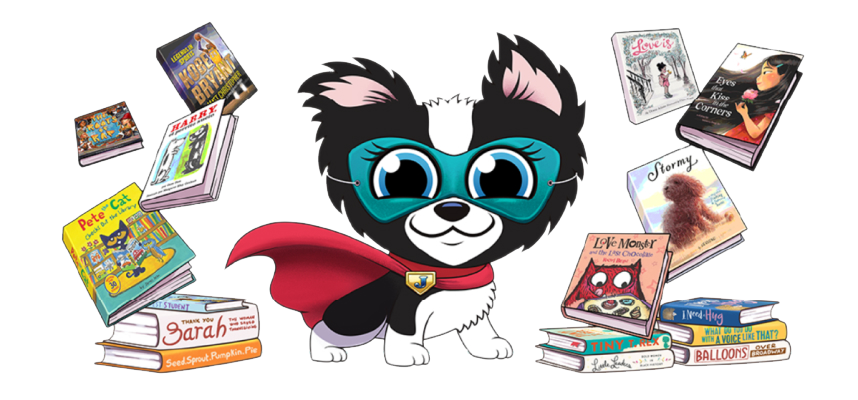Why Bookelicious?
TheBookelicious approach to helping educators develop students’ literacy skills and love of reading is both research-based and effective, whether you are selecting books for your classrooms, school libraries or students’ homes.
Our unique book-matching system supports students as they build individual reader identities, discover high-interest, personally-relevant titles, and choose their own books, igniting their engagement in reading.

Bookelicious was specifically designed to aggregate, streamline and actualize the following principles, based on decades of research:
Research
Reading volume develops vocabulary, fluency, comprehension and achievement.
Extensive practice is necessary for reading proficiency.
Student choice is twice as powerful as teacher-selected reading to develop reading motivation and engagement.
Engagement and motivation drive reading volume.
Access to high-interest books motivates students to read.
Reader-centric experiences, especially around book selection, are essential to agency.
Custom curation across publishers ensures high-quality books, inclusive collections, and kid-appeal.
Highly interesting books increase motivation, comprehension, reading stamina and persistence.
Based
Browsing and choosing books help build reader identities.
Access to “enough books…that can act as both mirrors and windows for all our children” will enable students to “see that we can celebrate both our differences and our similarities.” –Dr. Rudine Sims Bishop
Sole Source: our book-matching technology, custom curation and programs are all proprietary to Bookelicious.
Effective book-matching requires a vast knowledge of children’s literature. Bookelicious curators bring breadth and diversity to our curated collection of 38,000 titles.
Data is key. Bookelicious shares our data with you, so you can fill your classrooms, libraries and communities with your students’ favorite authors, titles, series and genres.
The  On Top: It Works!
On Top: It Works!
According to educators surveyed: before using Bookelicious, only 1/3 of students found it easy to find books they were motivated to read; while using Bookelicious, more than 3/4 of students found it easy to find books they were motivated to read.




